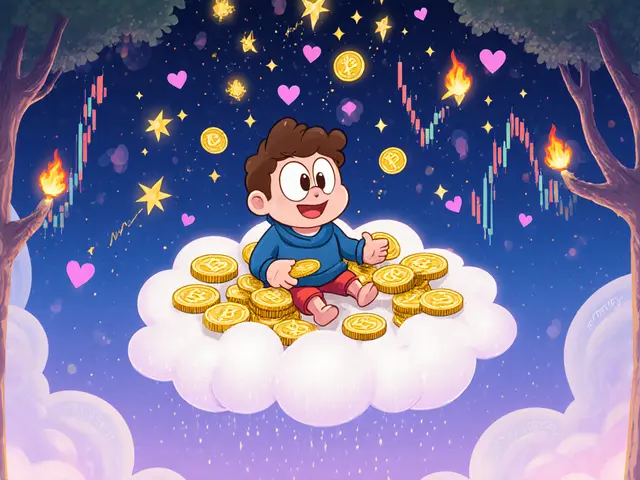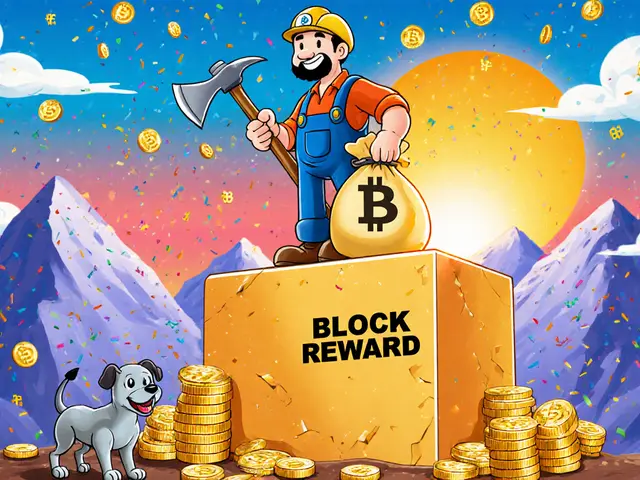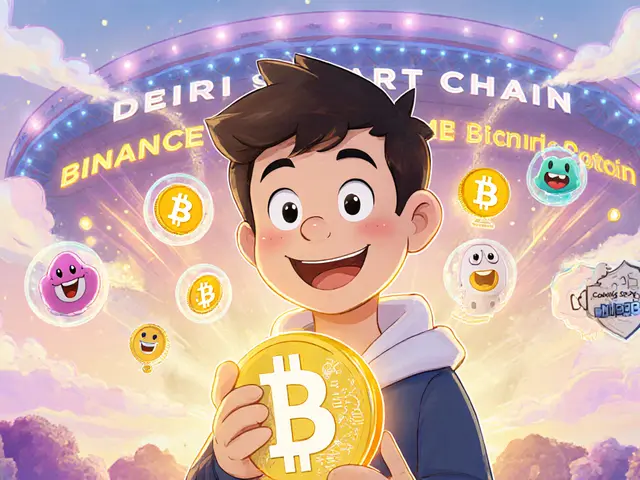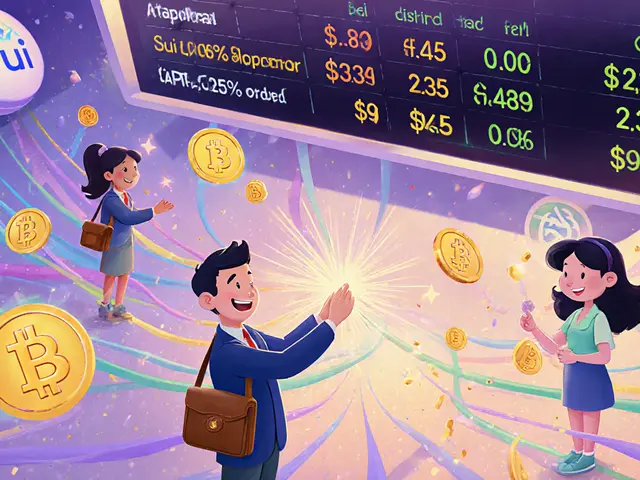The LNR Lunar airdrop gave out exactly 140 NFTs via CoinMarketCap in 2022. Learn how it worked, what was required, and why it mattered - and why it’s over now.
BSC Wallet Airdrop: How to Claim Free Tokens and Avoid Scams
When you hear BSC wallet airdrop, a free token distribution tied to the Binance Smart Chain network that requires you to hold or interact with a specific wallet. Also known as BNB Chain airdrop, it's one of the most common ways new projects reward early users—especially if you're already using wallets like MetaMask or Trust Wallet on BSC. Unlike Ethereum, where gas fees can kill small transactions, BSC keeps costs low, making it perfect for projects to hand out free tokens to thousands of people at once. But here’s the catch: not every BSC wallet airdrop is real. Most scams target users who don’t know how to verify a project before connecting their wallet.
What makes a BSC wallet airdrop worth your time? It usually requires you to do one of three things: hold a specific token in your BSC wallet, complete a simple task like following a Twitter account, or interact with a smart contract on a legit platform like PancakeSwap. Projects like Wombex Finance and Vodra ran actual BSC airdrops tied to CoinMarketCap, where users got real tokens after meeting basic criteria. But others? They vanish after collecting wallet addresses. The difference? Legit airdrops never ask you to send crypto to claim rewards. If they do, you’re being scammed.
Another key factor is the wallet you use. Most BSC airdrops only work with wallets that support the Binance Smart Chain, a blockchain network compatible with Ethereum but faster and cheaper, used by thousands of DeFi apps and tokens. Also known as BNB Chain, it’s the backbone of most crypto airdrops in 2025. If you’re using a wallet that doesn’t support BSC—like a Coinbase wallet without BNB Chain enabled—you won’t see the tokens even if you qualify. Setting up your wallet correctly is half the battle. You need the right network, the right tokens, and the right timing.
And then there’s the DeFi rewards, earnings from participating in decentralized finance protocols like staking, liquidity pools, or yield farming that often tie into airdrop eligibility. Also known as crypto incentives, these aren’t just free money—they’re how projects build user loyalty before launching their own token. Many BSC airdrops reward users who’ve already been active in DeFi. If you’ve swapped tokens on PancakeSwap, added liquidity to a pool, or staked BNB, you’re already ahead of 90% of people waiting for the next drop. You don’t need to be a pro. You just need to be consistent.
What you’ll find below are real case studies—some that paid out, others that collapsed. You’ll see exactly what users had to do to claim WMX, VDR, and ELMON tokens, and why some of those same tokens are now worth pennies. You’ll learn how to check if a project is active, how to spot fake audits, and why anonymous teams are a red flag. No fluff. No hype. Just what actually matters when you’re trying to get free crypto without losing your funds.





